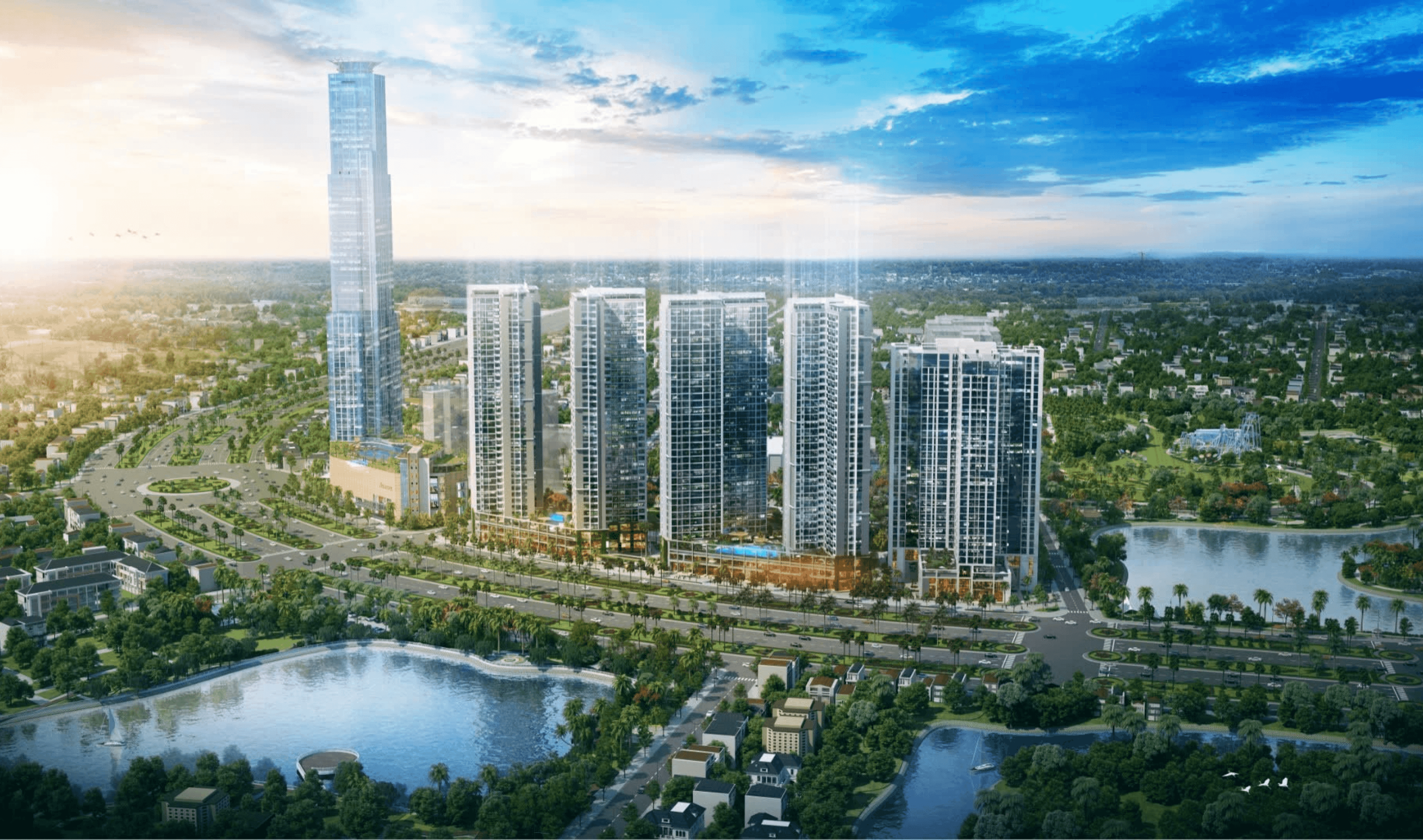
Shaping the Future: The Road to Low Carbon Urbanization in VietnamJan 14, 2025
Shaping the Future: The Road to Low Carbon Urbanization in Vietnam The scale of global urban development casts a spotlight on Vietnam, where rapid urbanization demands innovative strategies to ensure sustainable growth.
The Vietnamese government is actively promoting urbanization, as outlined in Resolution 6 of the Politburo and Resolution 148/NQCP, with goals to achieve an urbanization rate of at least 45% by 2025 and exceed 50% by 2030. This increase underscores the need for sustainable urban development strategies to address the challenges posed by urbanization, including environmental impacts and infrastructure demands. Major cities like Ho Chi Minh and Hanoi continue to be focal points for this transformation, but this expansion also brings challenges, such as increased vulnerability to climate change impacts, including flooding and rising sea levels.
To combat these issues, transitioning to low-carbon urban development is essential. A low-carbon city integrates sustainable technologies and practices, aiming to significantly reduce greenhouse gas emissions. Key strategies include:
Decarbonization of the Built Environment: Utilizing green building materials and energy-efficient technologies. Renewable Energy Adoption: Incorporating solar and wind energy into urban infrastructure. Sustainable Transportation: The eagerly anticipated Ho Chi Minh metro, set to launch soon, represents a major step toward reducing reliance on motorbikes and enhancing public transport. Promoting cycling and electric vehicles is also vital. Effective Waste Management: Implementing recycling and waste reduction initiatives. Community Engagement: Involving residents in sustainability efforts to foster collective responsibility.

Vietnam is making strides in green financing, attracting investments for sustainable projects. The introduction of the Ho Chi Minh metro, along with initiatives to support electric vehicles, underscores the city’s commitment to reducing emissions.
As Vietnam aims to cut greenhouse gas emissions by 10% by 2030, embedding low-carbon principles into urban development is vital for creating resilient, healthy cities. This approach not only enhances the quality of life for residents but also positions Vietnam as a leader in sustainable urbanization amidst global climate challenges.